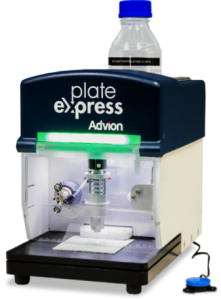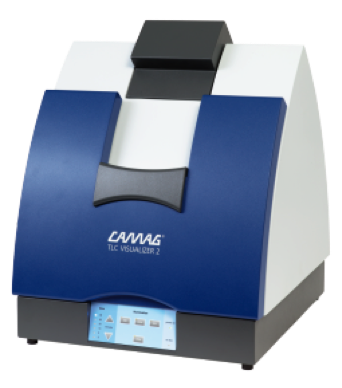June 5, 2018 -- This time in The Science Advisory Board’s chromatography series, we will cover thin layer chromatography (TLC). This method was introduced in the 1950’s as a fast, easy, and inexpensive method for qualitative analysis. This technique can be employed on the analytical scale or preparative. Like all other forms of chromatography, TLC follows a similar principle in that it contains a mobile and stationary phase.

A critical step in TLC is the application of the sample to the plate. In order to “spot” the plate properly, samples are applied a few centimeters from the edge of the plate. This is generally done using a capillary tube containing the sample. Researchers may also opt to use an automated sample applicators to apply a precise volume in a specific position on to the plate. In order to develop the plate, one must immerse the edge in the developing solvent and the solvent will carry the spotted sample through the stationary phase. As the sample travels through the stationary phase the mixture will separate into individual analytes based on its physical properties.

The Retention Factor is an important component to TLC. After separation, the individual compounds can be visualized as spots on the plate. Each component has a retention factor (Rf) equivalent to the distance migrated over the total distance covered by the solvent. This value can be a tool to identify compounds or compare different compounds under identical conditions. It is important to note that Rf can be affected in a number of ways such as temperature, moisture on TLC plate, and saturation. Scientists interested in determining each compounds position relative to that of another substance, x, may employ the relative retention value, or Rx. This is equivalent to the distance of compound from the origin over the distance of compound x from the origin.
Thin layer chromatography can be an excellent technique to meet your chromatography needs. Sample purity can be analyzed and compared with a standard to quickly detect impurities and produce useful chromatograms for research.
What do you think the pros and cons are of TLC? Join the discussion below!
Copyright © 2018 scienceboard.net






